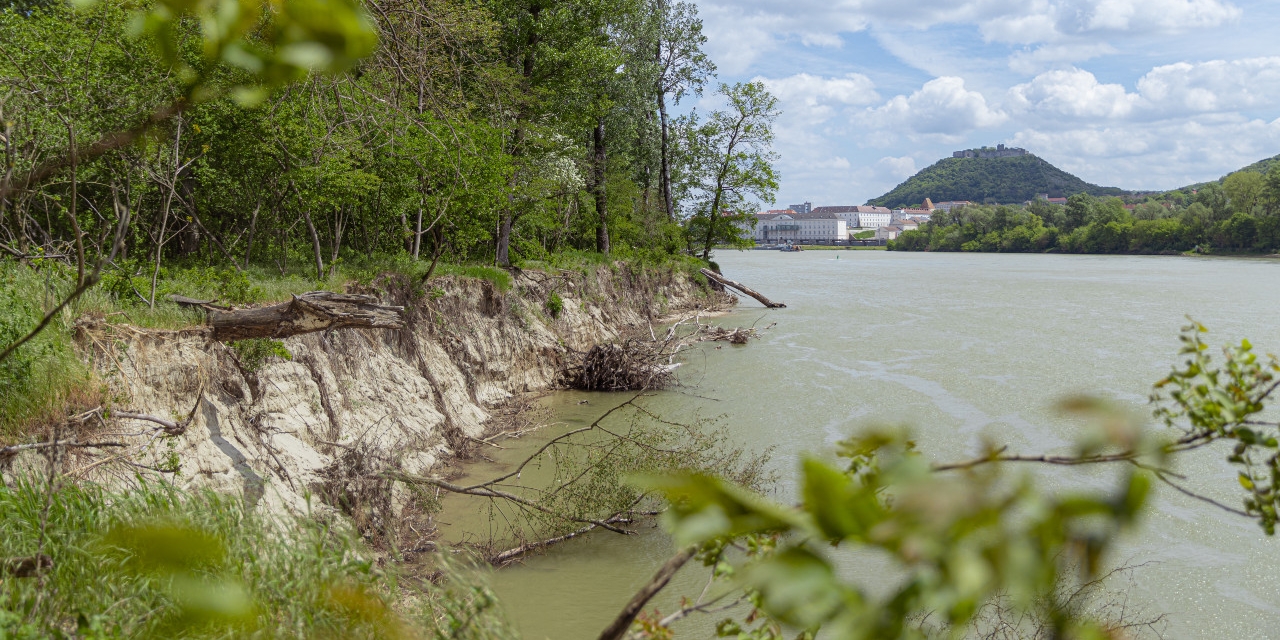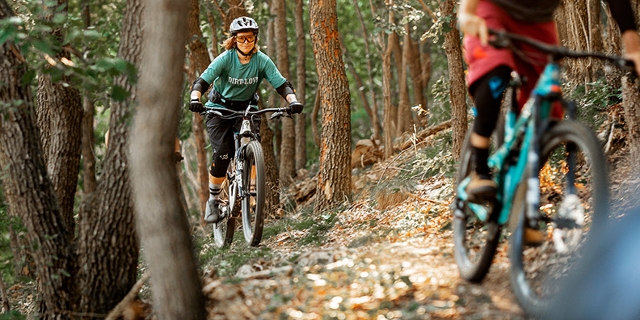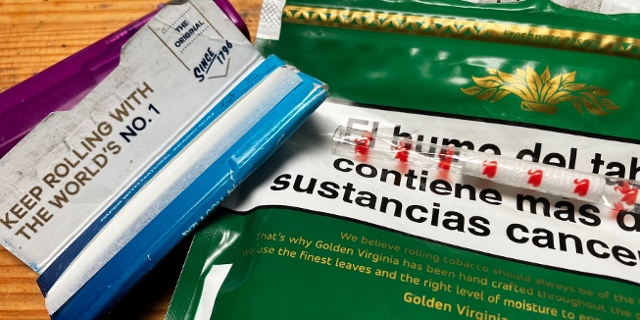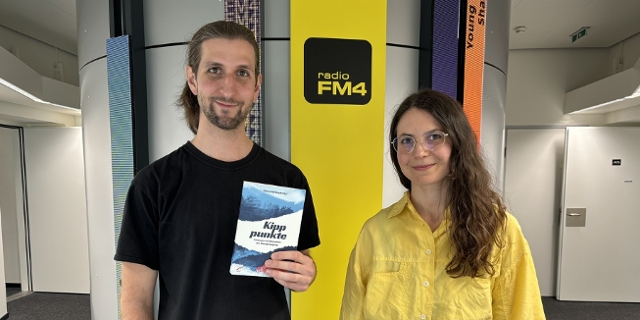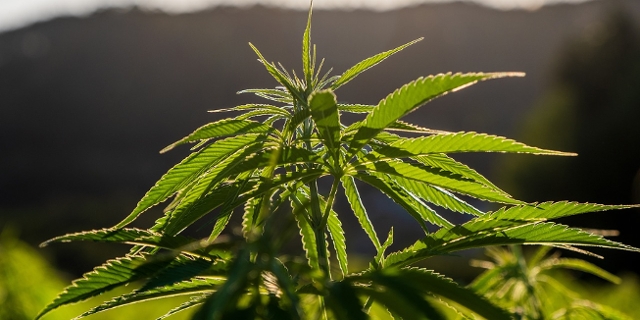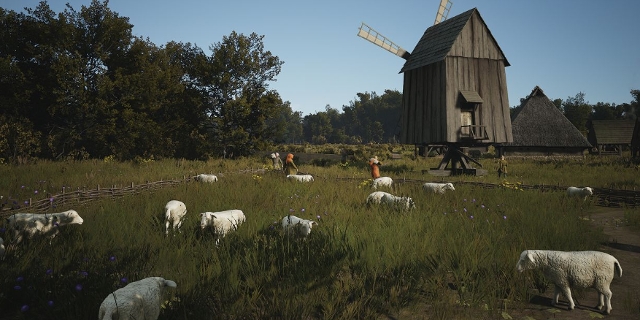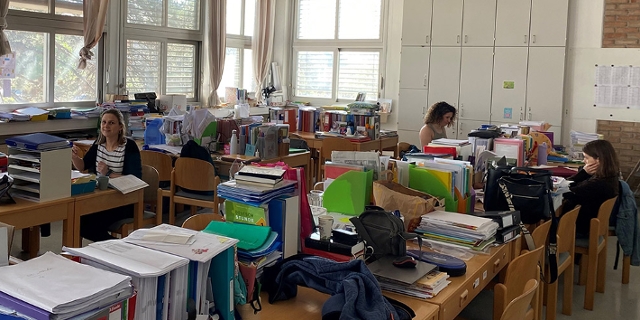Bringing The Danube Back To Life
Today, May 22, is the United Nation’s International Day for Biological Diversity. It’s a day dedicated to increase understanding and awareness of biodiversity issues.
This year it comes at a very important time. At a UN conference in Montreal, just before Christmas, the international community agreed to protect 30% of Earth’s lands, oceans, coastal areas, inland waters by the year 2030. There is also a commitment to restore at least 30% of degraded ecosystems.
The EU has its own restoration plans; the EU Nature Restoration Law, which would commit member states to restore at least 20% of the EU’s land and at least 20% of the EU sea areas by 2030,
Which is why the Donau-Auen national park in Austria is so interesting. It’s a small-scale of a model for nature restoration.
But can the lessons learned here be replicated on a grander scale elsewhere?
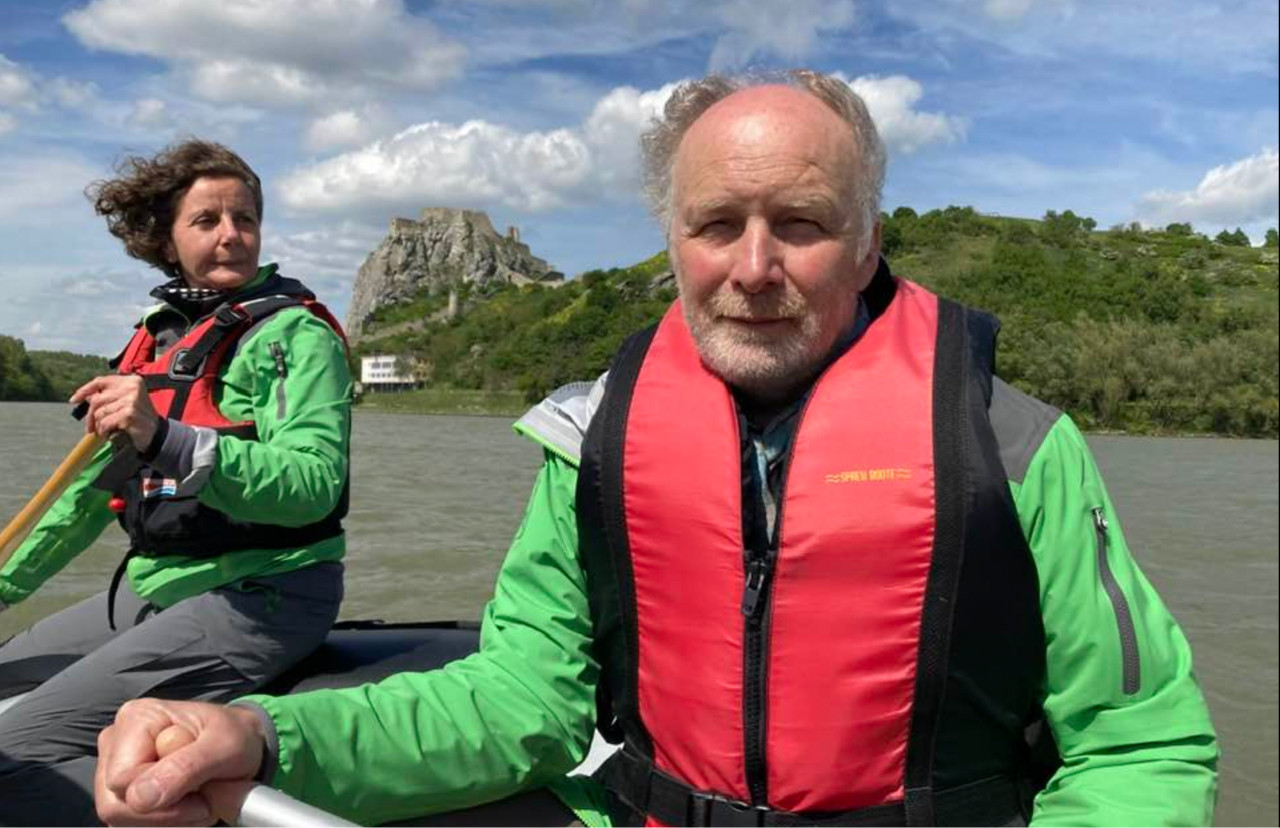
Chris Cummins
Dr Christian Baumgartner
Only 25 years ago, the wetlands of the Austrian stretch of the Danube were dying. Flood defenses and regulation of the river for navigation had strangled the Danube and deprived the swampy side-channels of their life-giving flow.
Now, since a National Park was founded here in 1996, it has again become a biodiversity heaven (the National Park was a consequence of a environmental protest movement, whose veterans are now considered heroes not criminals).
The river can sprawl freely and luxuriously once more and its banks are once again full of life.
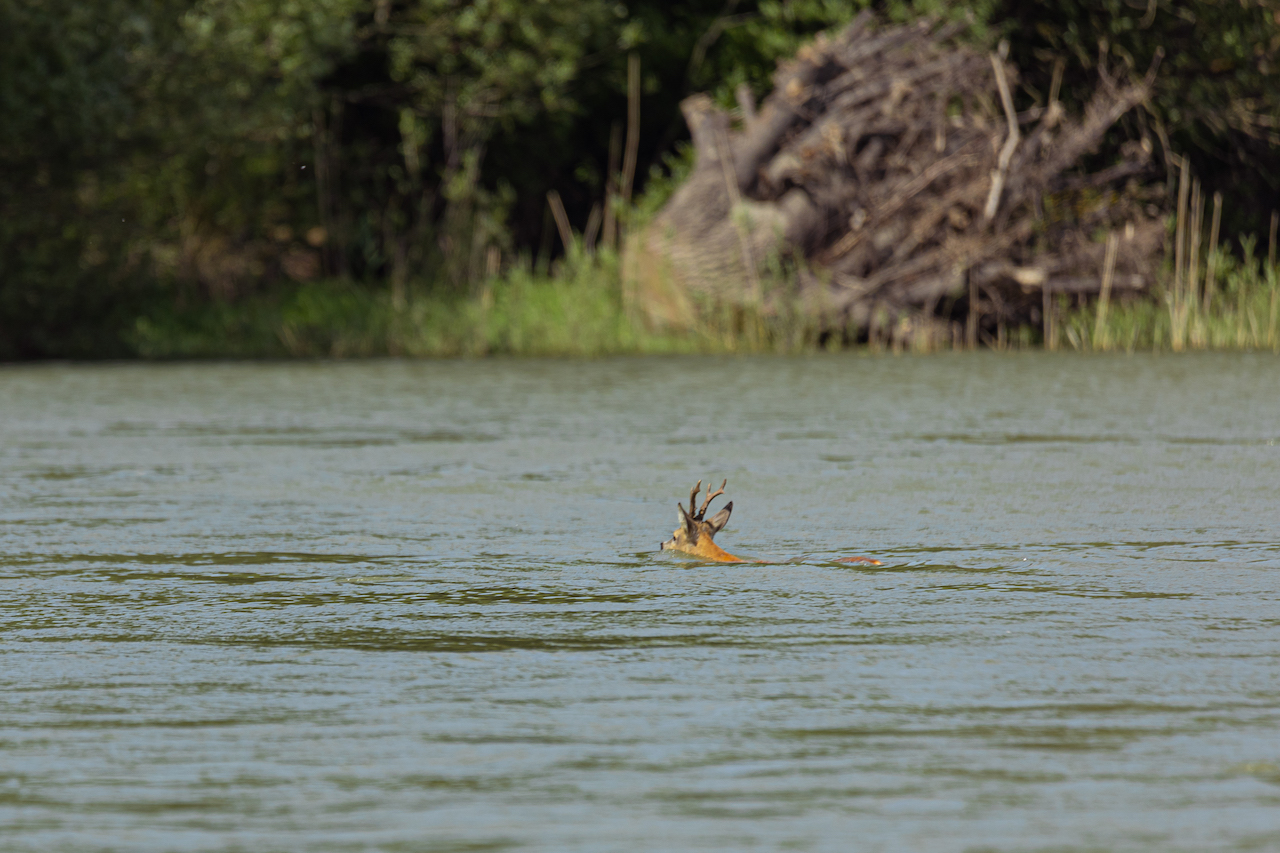
Connie Gillmann
On a windy May day I find myself paddling down a side arm of the Danube, a separate channel which makes a slow curve though a green landscape of willow trees and poplars. The air is alive with the buzz of insects and the chirps of birds.
“That bird you can hear is a pirol,” explains Dr Christian Baumgartner. He leads the nature and science team here: „That’s the one with the whistle-like call.“
Iconic Eagles
"But of course,the birds of prey are also important here,” he adds ”There are two breeding pairs of white-tailed eagles in the area.”
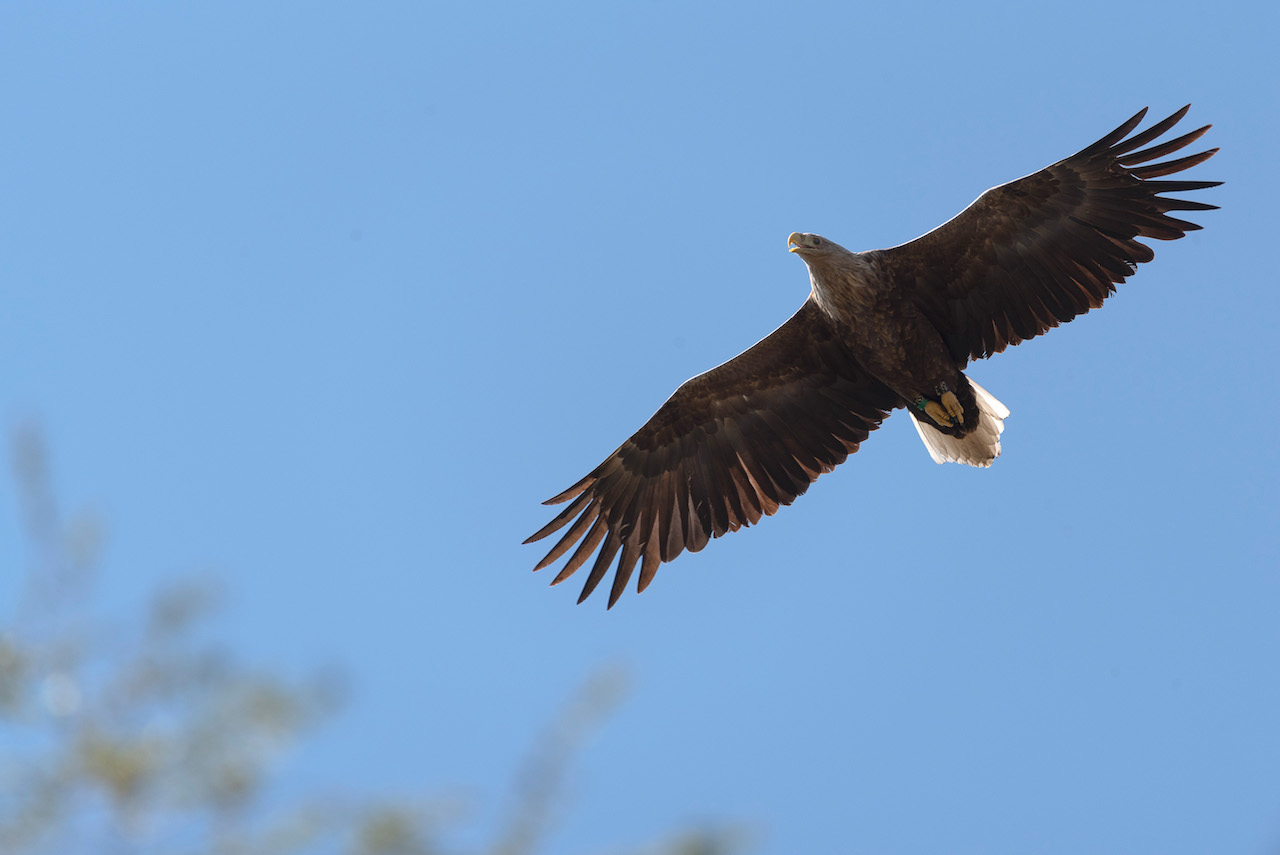
National Park Donau-Auen Posteiner
It is those spectacular birds – Seeadler in German, white-tailed eagle in English - that have become the iconic symbols of this conservation area. Its area is so close to the capital, Vienna, that I often cycle here, and yet it feels so wild I once called it the Amazon of Austria.
Varied Habitats
But Edith Klauser, the National Park director, says there is so much more here besides:
“We know about 7000 species. It is an incredible biodiversity hotspot,” she beams. This diversity is due to the wide variety of habitats in the relatively confined space of the national park.
Edith points out a gravel bank, a forest of silver willows and steep sand embankments where birds such as bee-eaters have made their homes.
“These are all very valuable habitats for our animal and plant world,” she says.
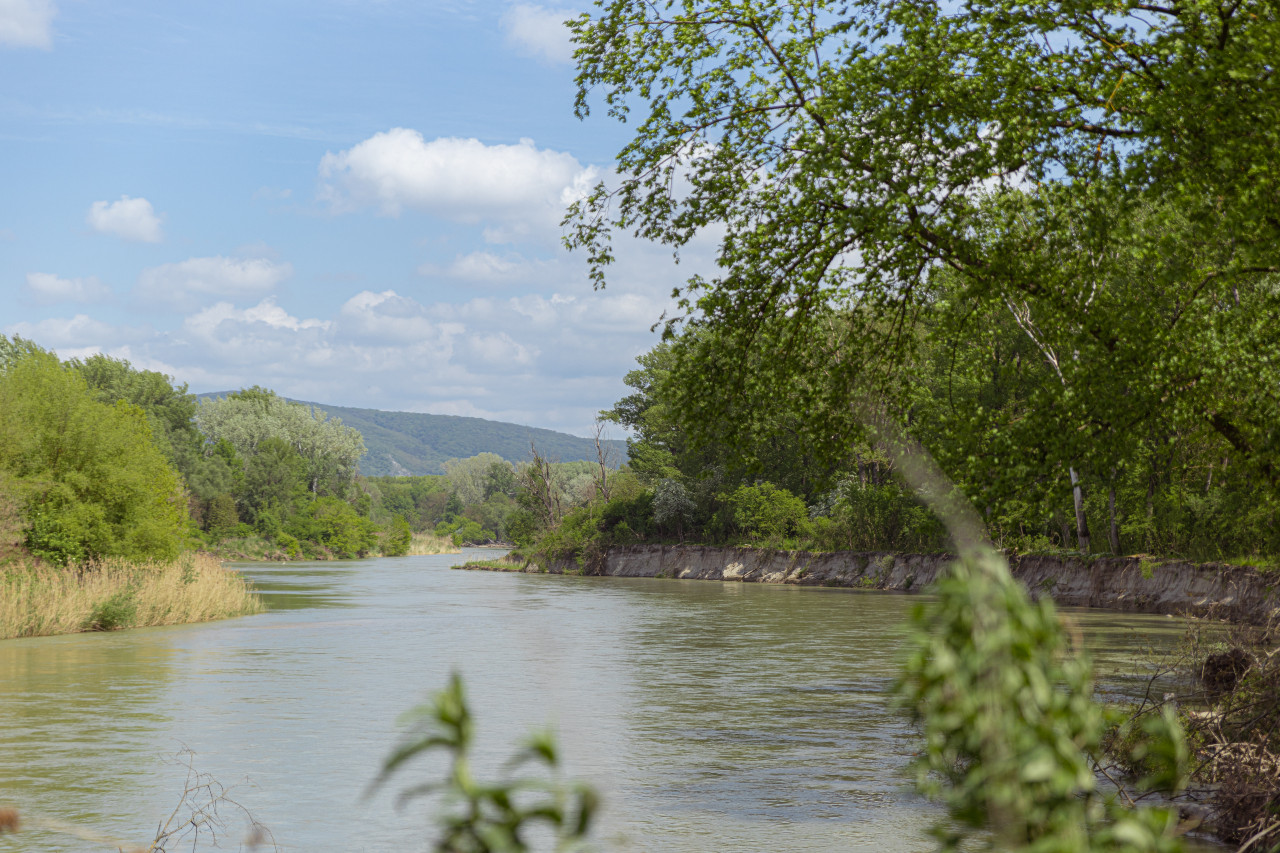
Connie Gillmann
Often conservation means just letting nature take over. Conservation is normally passive, but it had to be active here. River engineering, designed to stop floods, had cut off the side branches. In essence the river had been put in a straight-jacked and the wetlands were deprived of their flow.
Active Not Passive
Since the establishment of the national park in the late 1990s, this process has been slowly reversed; explains project leader Stefan Schneeweihs:
“Here we have to give nature a little help,” he explains “we have to give the river the opportunity to shape the habitats.” Why? Because over decades, indeed over centuries, we humans had regulated the flow of the Danube, narrowed it and blocked it. Not out of malevolence but out of a desire to create more room for agriculture and outdated beliefs over flood protection.
We had straight-jacketed the river and conservations have spent the last 25 years gradually trying to free it again.
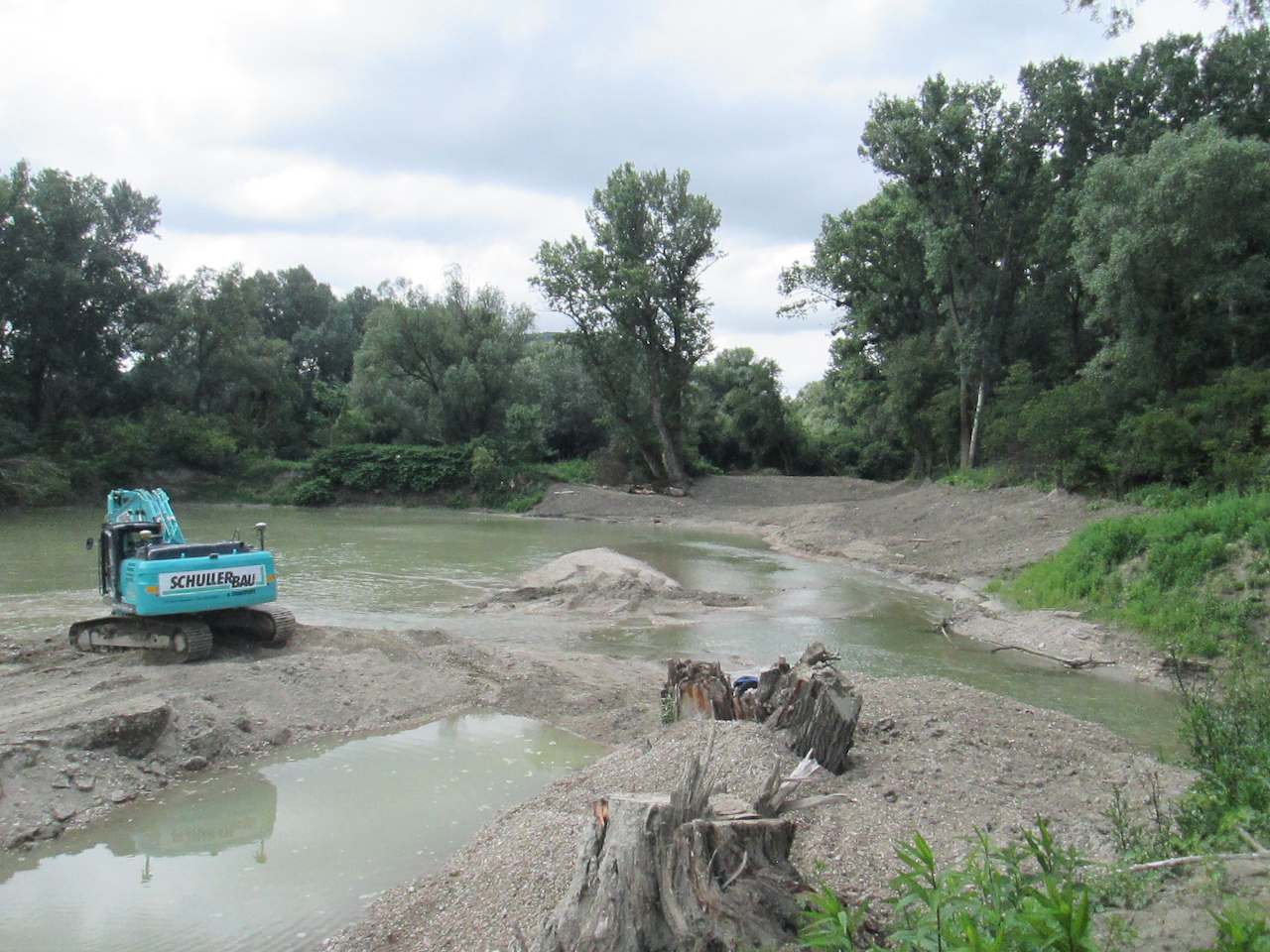
National Park Donau Auen Griessbacher
That has meant bringing in the heavy machinery: the diggers and bulldozers. “Here we have to intervene selectively, remove barriers, reconnect the timekeeping, rebuild the banks, remove the bank fortifications,” explains Stefan.
“Then nature can do its own thing again, is left to itself and can shape the habitat itself.” So the conservationist loosen the chains and watch the river free itself.
Can We Restore More?
Given that these 2030 nature restoration targets are so ambitious, it would seem important that this Danube wetlands project becomes a model for other areas. We need nature restoration on a massive scale.
There is a small scale restoration project in the Wachau for example, but at the moment that 2030 targets seem unreachable. But the problem, explains Christian Baumgartner, is the scale, which shows why National Parks are so important:
„Here we can restore the ecosystems, the areas here are not used economically,“ he explains. „But in other areas that are not national parks there is pressure from forestry industry or from hunting management. These groups demand accessibility. And that makes these projects difficult to implement, of course.“
Publiziert am 22.05.2023







